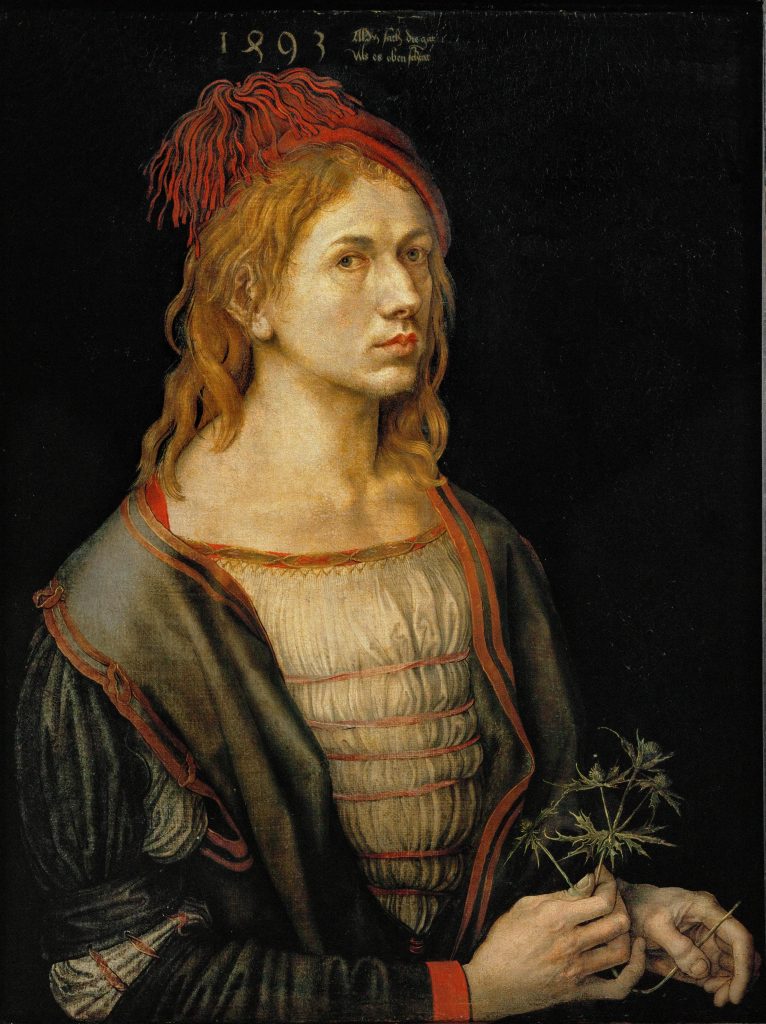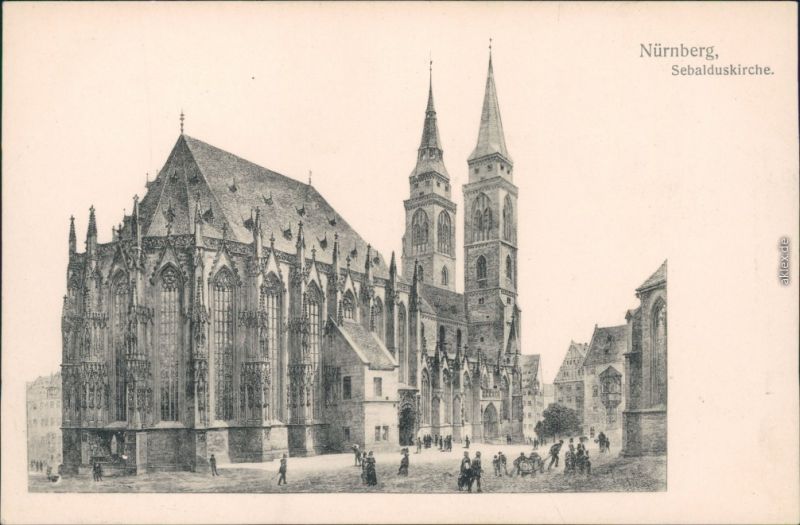Seeing the nave and altar of Notre-Dame de Paris after its recent fire, and thinking of it open to the elements, I had an eery sense of, well, déjà vu. I had been there, literally, with my family on a 2002 trip to France in celebration of my parents’ fiftieth wedding anniversary. But I had been in that ruin, virtually and earlier, twice more.
The first time was as a member of a Roman Catholic parish choir. Our director Frank Brownstead had chosen as the centerpiece of our second European tour in July 1988 Daniel Moe’s Cantata of Peace (1971). Of course this was a little more than a year before the fall of the Berlin Wall and so our travels through Hungary and Czechoslovakia, singing-ambassadors of goodwill, now seem somewhat prescient. (I distinctly recall hearing Patti Smith’s “People Have the Power,” released the month before, as background music in at least one hotel in Prague or Budapest. And I remember it appeared to be on heavy rotation, thus having a disingenuous ring to it under these circumstances. We capitalist choristers were being shadowed by whatever intelligence agency as we did our sightseeing.)
We also had concerts scheduled in Vienna and Salzberg. Our first was in Nuernburg (as anglicized in our itinerary), home of Albrecht Dürer.

Because I was co-director of that tour with my old friend Rob Berg, our concert program, including the Moe, was my last concern. That is, until we walked into Sebalduskirche (Church of St. Sebaldus, Nürnburg’s patron) the evening of July 13.

I get goosebumps and weepy thinking about darkening the door of that rather well-lit… mm… museum of architecture that spans from Romanesque through late Gothic. In its walkways, perhaps juxtaposed with the Stations of the Cross, stood easled photographs depicting the church as it was after an hour-long air raid on January 2, 1945 that destroyed about ninety percent of the medieval city within which it is situated. As chance would have it, while we rehearsed at 6:30, Japanese tourists perused those same images. I remember nothing of our 8:00 concert.

This is perhaps the most challenging phrase from Moe’s cantata:
We have assumed the name of peacemakers, but we have been, by and large, unwilling to pay any significant price.
Remember that he penned this when the U.S. had moved into Laos and Cambodia, during Nixon’s Vietnamization, a fanciful enterprise that later would be embraced in other lands by George W. Bush and Barack Obama. Daily we’re told of treasures trashed by rockets supposedly gone astray. “Who needs the pyramids/ We got a photograph,” the British band Gang of Four sang nearly thirty years ago. We pay and pay and pay a significant price—for our war-making. Meanwhile apostates like Dennis Kucinich, who in 2001 proposed establishing a Department of Peace, are laughed off the stage. At that time I was unaware that this notion had been proposed as early as 1793 by a signer of the Declaration of Independence.
Some years after our Sebalduskirche concert I read in the L.A. Weekly about the screening of an acclaimed film called The Sacrifice (1986) by Andrei Tarkovsky, unknown to me. Having the day off I saw the film. Intrigued, I sought out his other work, including its predecessor, Nostalghia (1983). Both (and all his films) deal with heeding the call of the demonic and divine: The Sacrifice (Tarkovsky’s last) involves nuclear annihilation. Nostalghia takes on personal reconciliation; it ends with the stunning scene below. The compartmentalization of faith and daily life, especially in the context of this current Holy Week, is challenged by Tarkovsky’s vision.
Header image:
Dürer, The Prodigal Son


I seem to recall that the British rebuilt that church, just as they rebuilt the Benedicine Abbey in Monte Casino. Not that it makes the original bombing less horrible, but nonetheless, it was justice. Also, I think that is why that church was chosen for the “Concert for Peace.” I remember that the lights were very bright.
Thank you David for your beautifully written memoir. I personally have no recollection of anywhere near the detail that you have of our concert but I do recall the photos of the WWII destruction.
And I do remember hearing Patti Smith in the hotel elevator. 🙂
I pray that at least one candidate in our upcoming 2020 Presidential election will advocate for a Dept. of Peace.
All we are saying is give peace a chance!